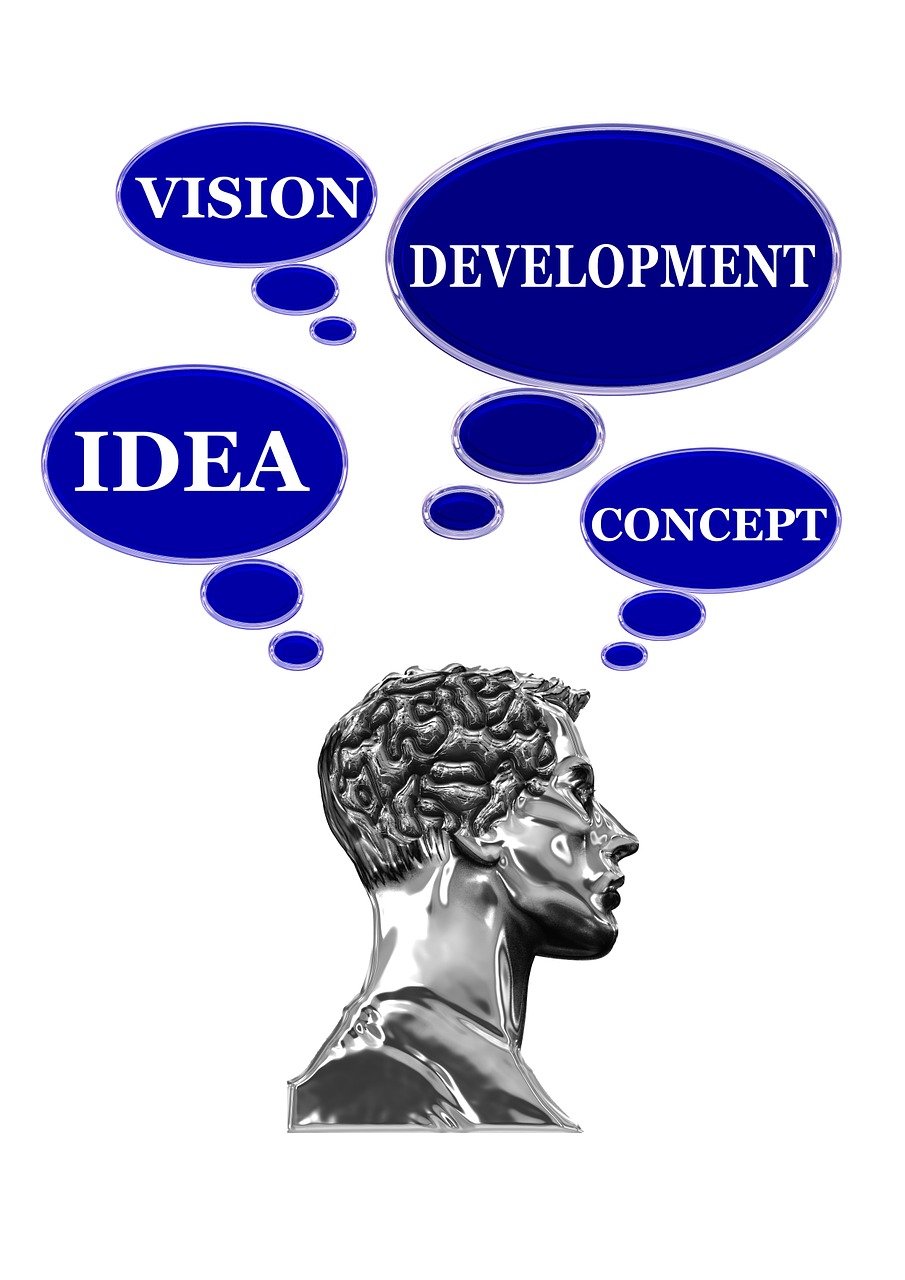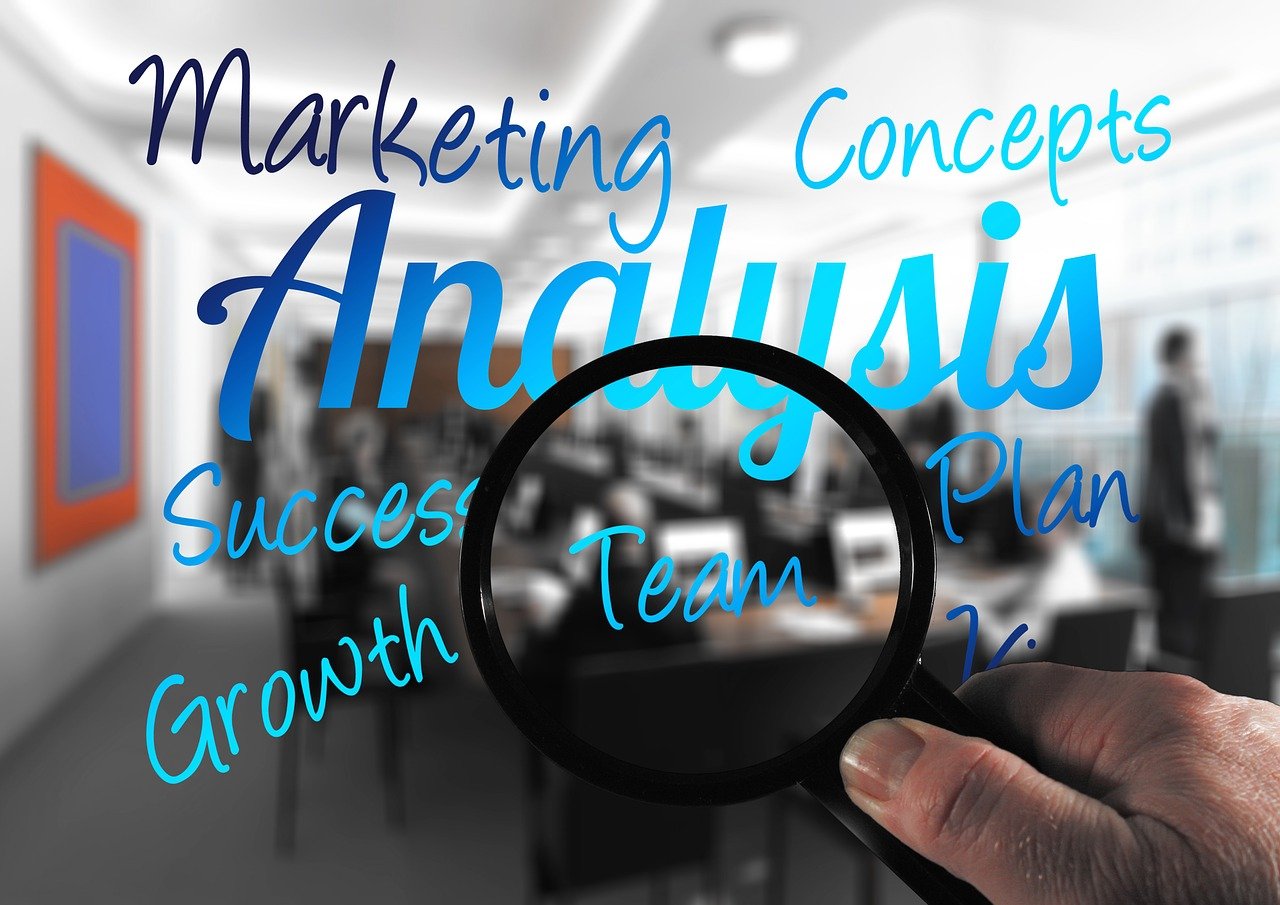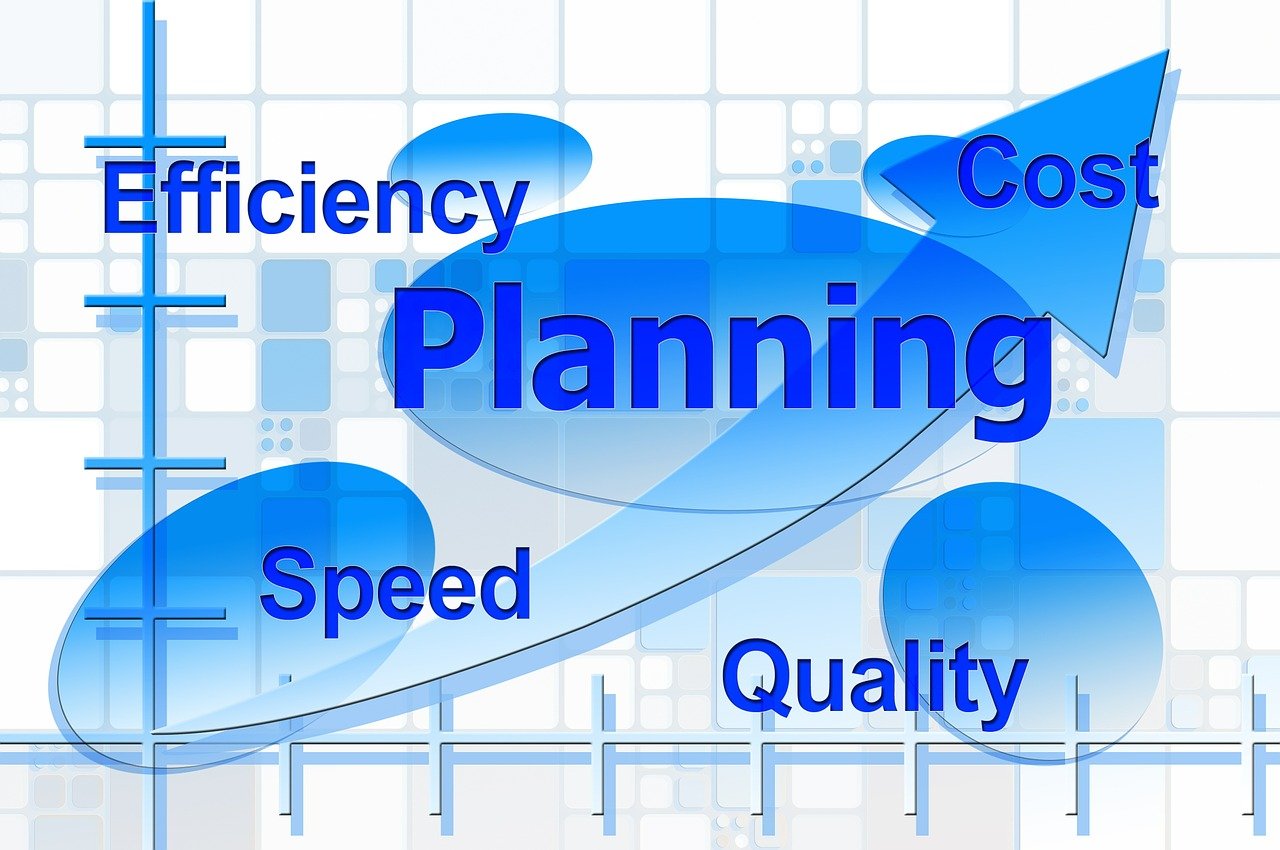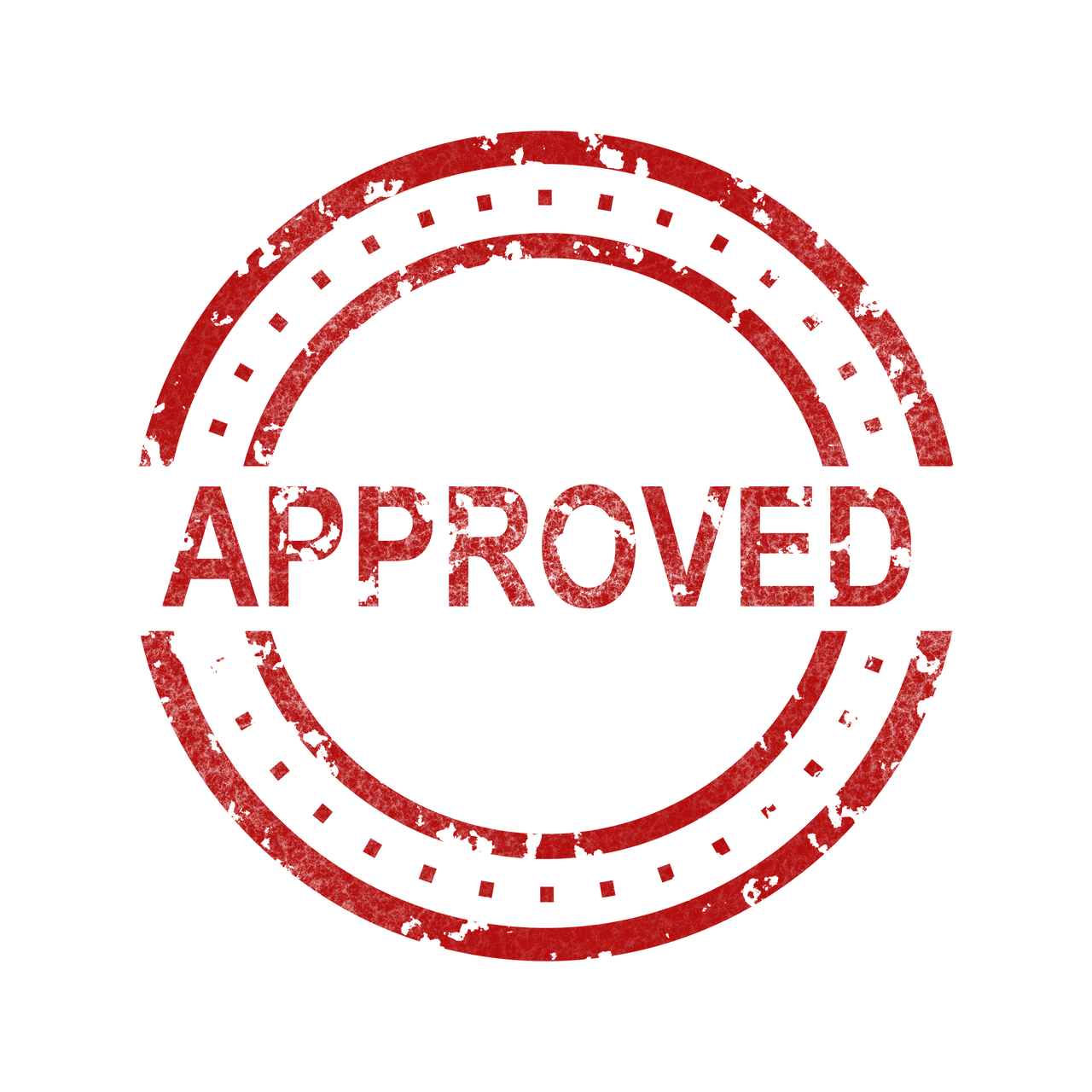Launching a first product amidst scarce resources is a formidable challenge many entrepreneurs face. In 2025, the pace at which startups bring impactful products to market has accelerated dramatically, spurred by innovations in Lean Startup methodologies, No-Code Tools, and iterative development processes. While the allure of big tech companies might suggest that vast funding is essential, the real key to successful product creation lies in clarity of vision, relentless prioritization, and strategic use of available tools. Operating within tight financial and personnel constraints, founders must balance ambition with pragmatism, leveraging techniques like Minimum Viable Product (MVP) creation and rapid user feedback to validate ideas early and often. This approach mitigates risks and optimizes resource allocation, ensuring that every dollar spent propels the venture closer to its core objectives.
Bootstrapping remains a dominant strategy for many startups, requiring a nimble mindset and broad skill sets among small teams. Rather than sprawling development cycles, rapid prototyping and short sprint durations enable swift iterations and continuous refinement. Harnessing existing platforms for backend services or user authentication reduces engineering overhead, allowing more focus on unique value propositions while conserving capital. Additionally, cultivating clear communication across engineering, marketing, and sales fosters alignment, ensuring limited resources target high-impact features that resonate with initial users. The subsequent sections explore these themes in depth, unpacking practical strategies that transform resource constraints from barriers into competitive advantages.
Establishing a Clear Product Vision and Strategic Prioritization to Maximize Limited Resources
In startup environments where resources are scarce, establishing an unequivocal product vision is the foundation upon which all else depends. Without it, teams risk fragmenting their efforts, diluting impact, and ultimately failing to meet business objectives. The discipline to define a clear direction provides a compass that guides tough decisions about feature inclusion and resource allocation. For example, while a sales team might push for features that appeal to immediate client demands, engineering could be drawn to ambitious innovations that don’t align with the startup’s present business goals. Such divergence wastes precious time and effort, a luxury a resource-strapped enterprise cannot afford.
Successful product managers imbue their teams with clarity by repeatedly communicating the business goals and how the product roadmap serves those goals. This constant alignment ensures that every stakeholder understands why certain features get prioritized over others. If there is ambiguity within internal teams about company strategy, it is essential to escalate these concerns promptly as a lack of strategic clarity can derail the entire product development process.
Ruthless prioritization is the natural corollary of such clarity. Resource-limited startups often face more opportunities than capacity. The challenge lies in discerning which features will yield the highest leverage — meaning, the initiatives that directly influence critical metrics like customer acquisition or churn reduction. For instance, if the company aims to increase new customer sign-ups by 15% while reducing churn by 5%, then every planned feature must be evaluated on its direct contribution to these targets.
- Define explicit business goals that every stakeholder understands and supports.
- Map product features to these goals to guide development focus.
- Continuously assess opportunity cost — what is sacrificed when committing to a particular feature?
- Engage cross-functional teams in prioritization discussions to ensure alignment.
- Implement transparent communication channels for updates and feedback loops.
| Priority Criteria | Example Initiative | Expected Business Outcome | Estimated Resource Cost |
|---|---|---|---|
| New Customer Acquisition | Streamlined onboarding flow | 15% increase in sign-ups | Medium |
| Customer Retention | Improved in-app messaging | 5% decrease in churn | Low |
| Operational Efficiency | Automated billing systems | Reduce manual errors by 80% | High |
Ultimately, this rigorous focus on vision and priorities means that limited resources are spent only on endeavors promising maximum return. This principle echoes throughout resources like Minimum Viable Product (MVP) strategies which emphasize building only the essential core features necessary for early user validation. This builds a foundation onto which additional features and improvements are added later as resource availability increases.

Leveraging Lean Startup Techniques and Iterative Development for Cost-Effective Product Building
Lean Startup philosophy, first popularized over a decade ago, remains vital in 2025 for startups operating with limited resources. Central to this methodology is launching quickly with a Minimum Viable Product (MVP) to test hypotheses, gather User Feedback, and iterate based on real-world data. This approach avoids spending precious time and capital on fully building a product before validating its market fit.
The iterative development cycle allows teams to break down product release timelines into manageable sprints. By focusing on delivering working increments regularly, teams improve responsiveness to feedback and reduce wasted effort on undesired features. Adopting Design Thinking techniques further complements this process by empathetically understanding user pain points and prioritizing problem-solving ideas.
Importantly, modern startups today often augment these methodologies with No-Code Tools and Crowdfunding platforms. No-Code development environments empower founders to prototype and launch products with minimal engineering overhead, significantly reducing costs and accelerating development speed. Crowdfunding campaigns not only generate capital but also provide early validation of customer interest before committing larger budgets.
- Start with an MVP that addresses the core problem without unnecessary complexity.
- Run short development sprints (weekly or biweekly) focused on delivering usable product increments.
- Incorporate frequent user feedback loops through surveys, interviews, and usage analytics.
- Utilize No-Code Tools to accelerate prototyping and enable quick changes.
- Consider Crowdfunding as both a funding and validation mechanism.
| Technique | Description | Benefit for Limited Resources | Example Tools/Platforms |
|---|---|---|---|
| Lean Startup | Build-Test-Learn feedback loop to iterate efficiently | Minimizes waste, accelerates market fit discovery | BuildBox, Trello |
| No-Code Tools | Platforms enabling app creation without code | Reduces development time and costs | Bubble, Webflow |
| Crowdfunding | Pre-selling product ideas to gain capital | Validates demand and funds development | Kickstarter, Indiegogo |
Jen Gil, Chief Product Officer at Fluxon, emphasizes how startups that leverage these techniques can “launch products in weeks, not years.” However, she warns of the pitfalls of overbuilding before validation or hiring less skilled developers merely to fit budget limits, as these can lead to costly delays and substandard output. Hence, a balance between speed, quality, and feedback incorporation is critical.
By embracing Lean Startup and iterative development, founders can reduce the financial risk inherent in new product development and produce offerings finely tuned to real user needs, which fosters strong early traction and investor interest. The ability to circle back to earlier phases of the design-build-test cycle repeatedly allows young companies to pivot and evolve rapidly without incurring massive sunk costs.
Building a High-Impact Team and Smart Use of Technology Stack for Efficient Product Delivery
The caliber of team members is often the greatest determinant of a startup’s success, especially when operating under budget constraints. Rather than building large teams, startups benefit greatly from hiring a small, versatile, and highly skilled staff capable of delivering strong results rapidly. Expert individuals contribute not only in their specialty but also through cross-functional collaboration, reducing overhead delays and miscommunication.
Investing in knowledgeable developers, product managers, and designers at the outset pays dividends in reducing rework and improving product quality. Attempting to economize by hiring inexperienced contractors can backfire, leading to buggy products and timeline overruns. This dynamic often results in greater costs down the road and missed market opportunities.
Leveraging modern, scalable technology stacks also enhances efficiency. Opting for established cloud platforms and backend services means startups avoid building everything from scratch. For instance, application platforms like Firebase or AWS Amplify provide ready-made authentication, databases, and hosting, allowing teams to focus on unique product features. This approach directly addresses the common startup pain point of tight budgets and timelines while maintaining flexibility for growth.
- Hire a lean team with multidimensional skills who can iterate rapidly.
- Focus on results-oriented talent rather than purely cost-driven hires.
- Utilize scalable and modular technology stacks to avoid custom-building infrastructure.
- Integrate third-party services for non-core features like analytics, messaging, and payments.
- Maintain agile communication and project management tools to coordinate efforts efficiently.
| Role | Key Skills | Impact | Technology Leveraged |
|---|---|---|---|
| Product Manager | Vision alignment, prioritization, communication | Ensures roadmap focus and stakeholder engagement | Jira, Confluence |
| Developer | Software craftsmanship, rapid prototyping | Delivers MVP features on time | Firebase, AWS Amplify, No-Code Tools |
| Designer | User Experience, Prototyping | Creates intuitive interfaces, simplifying adoption | Figma, Sketch |
This strategic hiring approach, combined with a sound technology stack, is a hallmark of modern businesses aiming to do more with less. The combination reduces wasted efforts on reinventing foundational tools and accelerates product delivery timelines.

Effective Stakeholder Alignment and Ownership in Resource-Constrained Product Development
In startups managing limited resources, clear and constant stakeholder alignment is crucial. Unlike larger firms where responsibilities might be siloed, smaller organizations typically demand that product managers take end-to-end ownership. This means engaging across multiple departments — engineering, marketing, sales, and customer success — to ensure everyone shares a unified understanding of product objectives and roadmap.
Misalignment can result in wasted efforts, such as teams working toward conflicting goals or allocating resources to features that do not move the key business metrics. For example, if customer success teams push for support tools that are disconnected from the company’s primary retention strategy, the overall product progress can falter.
Tools like OKRs (Objectives and Key Results) help create transparency and focus. Regular sync-ups, clear documentation, and shared dashboards are indispensable in maintaining alignment. Open dialogue about trade-offs and constraints helps all teams understand why certain features or timetables are prioritized, empowering them to advocate effectively within their functions while staying synchronized with the broader vision.
- Conduct regular communication rituals such as daily stand-ups and weekly reviews.
- Establish transparent product roadmaps and OKRs accessible to all stakeholder teams.
- Encourage candid discussions about trade-offs and foster collective decision-making.
- Empower product managers to take ownership beyond their traditional scope.
- Leverage collaborative tools like Slack, Confluence, and shared analytics platforms.
| Stakeholder | Role in Alignment | Potential Conflict | Resolution Tactics |
|---|---|---|---|
| Engineering | Estimate feasibility and resource needs | Desire to build complex features | Prioritization aligned to MVP goals |
| Marketing | Communicate product value and market fit | Push for more features to attract segments | Focus on core messaging tied to business goals |
| Sales | Drive customer acquisition strategies | Demand features for immediate deals | Balance short-term wins with long-term strategy |
By cultivating this culture of alignment, startups mitigate the risks of wasted effort and disjointed progress, turning resource limitations into a rallying point for cohesive execution. This principle also echoes in articles about customer retention strategies that depend heavily on cross-functional cooperation.
Rapid Validation, User-Centric Prototyping, and Smart Funding Decisions for Early Product Success
The ability to rapidly validate ideas through user-centric prototyping can save startups precious time and money. In a resource-limited context, speed is paramount, and prototyping acts as a crucial feedback mechanism that informs whether further investment is justified. Employing Design Thinking approaches allows teams to empathize with users deeply, rapidly translating insights into tangible mockups or functional demos.
Rapid validation techniques encourage testing assumptions with real users early, preventing costly detours. Testing small slices of functionality instead of entire feature sets accelerates learning and refines the product-market fit. Integration of real-time user feedback tools offers data-driven decision making that maximizes impact and minimizes risk.
Another strategic consideration is when to seek external startup funding. Bootstrapping cultivates a resilient business model, forcing discipline, but at certain stages, external financing can unlock significant growth potential. Awareness of common red flags and indicators ensures timing aligns with milestones and reduces dilution or misappropriation risks.
- Develop prototypes early using No-Code or low-code platforms.
- Engage target users frequently to gather actionable feedback.
- Employ rapid validation cycles to confirm market demand.
- Evaluate funding options strategically considering business stage and needs.
- Use user-generated content and testimonials to build credibility and attract interest.
| Activity | Purpose | Tools/Methods | Outcomes |
|---|---|---|---|
| Prototyping | Visualize and test concepts | No-Code Tools, sketches, mockups | Early user insights |
| User Testing | Collect feedback on usability and value | Surveys, interviews, analytics | Refined product fit |
| Crowdfunding | Raise funds and validate demand | Kickstarter, Indiegogo | Capital and market proof |
Aligning funding strategies with product iteration timelines ensures resources amplify the most promising ideas rather than prolonging uncertain projects. Founders can combine crowdfunding with early product launches to generate momentum, build early communities, and secure feedback simultaneously. An insightful resource on when to seek startup funding provides guidelines to judge these critical junctures effectively.

Frequently Asked Questions about Building Your First Product with Limited Resources
- Q1: How important is defining a Minimum Viable Product in early development?
Defining an MVP is crucial as it focuses development on essential features that address core user needs, enabling rapid validation with minimal resource expenditure.
- Q2: Can No-Code Tools effectively replace traditional development?
No-Code Tools are highly effective for early prototyping and MVP creation, especially when resources are limited. However, scaling often requires custom development.
- Q3: What strategies help maintain stakeholder alignment under resource constraints?
Regular communication, transparent roadmaps, shared objectives (like OKRs), and inclusive decision-making are key strategies to maintain alignment.
- Q4: When should a startup consider external funding?
External funding is appropriate when validation confirms demand and the startup requires capital for scaling, provided the timing aligns with business milestones.
- Q5: How can user feedback be best integrated into product development?
Incorporate frequent testing cycles, use analytics tools, conduct interviews, and iterate quickly to ensure the product evolves in tune with user needs.


